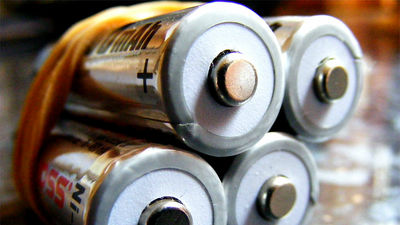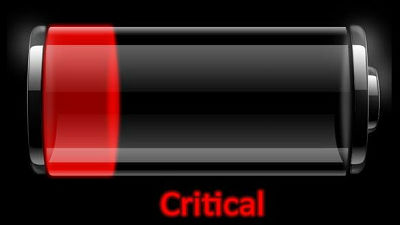A stretchable lithium-ion battery is born
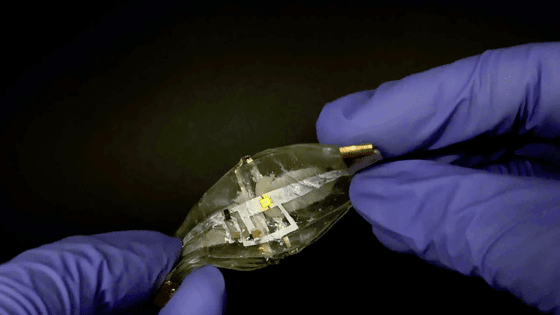
Researchers at the University of California, Berkeley have developed a stretchable lithium-ion battery that can not only withstand stretching and twisting, but also repair itself.
High-voltage water-scarce hydrogel electrolytes enable mechanically safe stretchable Li-ion batteries | Science Advances
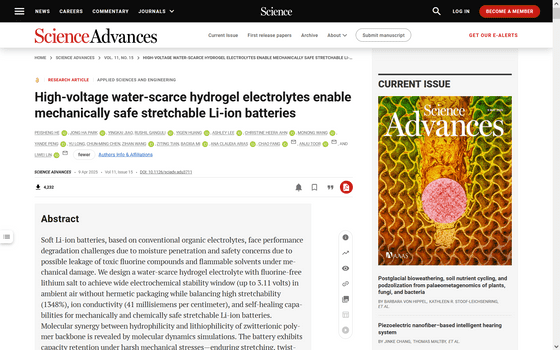
This Stretchable Battery Heals After Being Cut in Half - IEEE Spectrum
Smartphones, gaming consoles, robot vacuum cleaners, and all kinds of other electronic devices use rechargeable lithium-ion batteries, but most of these batteries are sealed in rigid packaging to keep out moisture and prevent the electrolyte, which can be toxic and flammable, from leaking out. Several teams are working on wrapping these batteries in flexible packaging.
Previous research has developed several stretchable batteries that use hydrogel electrolytes. Hydrogel electrolytes are resistant to moisture and can be sealed without using hard materials, making them stretchable. However, most of the hydrogel electrolyte lithium-ion batteries developed to date have only been stable at relatively low voltages, and some have relied on toxic and expensive fluorine compounds.
Now, Liwei Lin and his colleagues at the University of California, Berkeley have designed a low-water hydrogel electrolyte using a fluorine-free lithium salt, and developed an aqueous hydrogel lithium-ion battery with high elasticity and ionic conductivity.
The new lithium-ion batteries can not only withstand being stretched and twisted, but their reversible hydrogen bonds enable them to self-repair and continue to power devices even if they are pierced with a needle or cut in half with a razor blade.

You can see how a lithium-ion battery is actually bent and stretched in the video below.
Bending and stretching a stretchable lithium-ion battery - YouTube
The new lithium-ion battery has also been proven to provide stable power up to 3.11 V, which is reportedly a major advancement as previous hydrogel batteries were only stable up to 1.23 V. Furthermore, the battery was able to operate stably even after 500 charge/discharge cycles over the course of a month, discharging an average of 95% of the charge it received.
'By incorporating our battery into a smartwatch wristband, we could double the battery capacity of the watch, potentially allowing it to be charged once a week or even less,' said Ange Tour, a member of the research team.
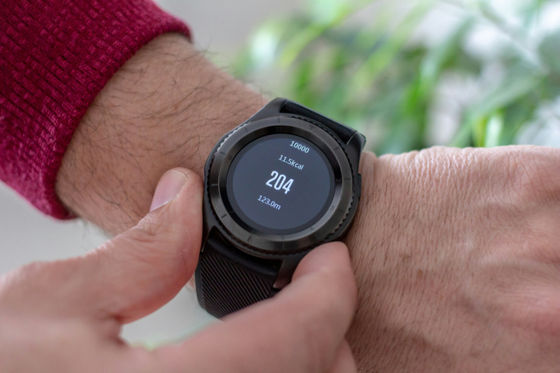
According to the research team, the energy density of the battery they developed is only about one-tenth of that of commercially available lithium-ion batteries, but it is expected that the energy density will be further improved in the future.
'Many of the materials we used are not found in conventional lithium-ion batteries,' said Pei-Sheng He, one of the researchers involved in the research. 'We overcame these challenges by learning lessons from failed tests and constantly improving.'
Related Posts:


